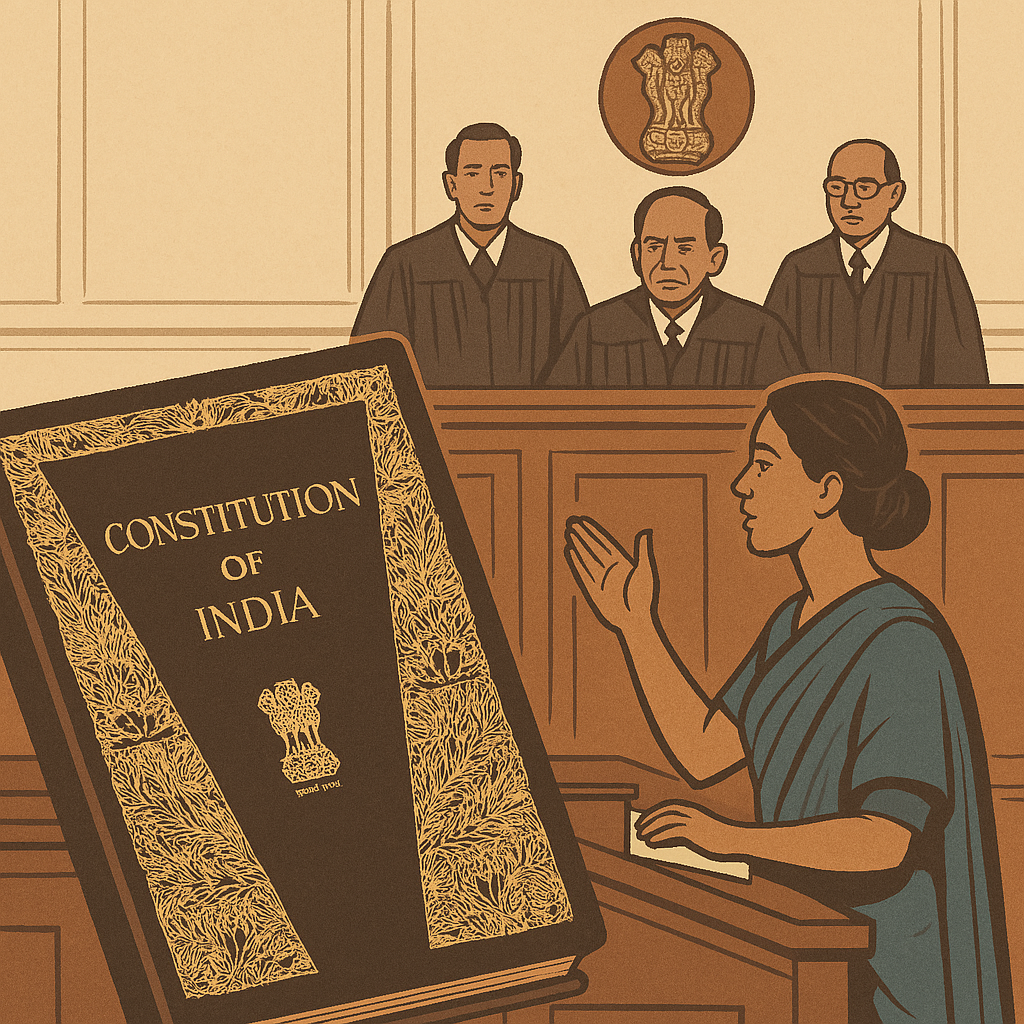While both India and the USA guarantee freedom of speech, their constitutional foundations, scope, and limitationsdiffer significantly—India allows reasonable restrictions, whereas the USA upholds almost absolute free speech with very narrow exceptions.
📚 Introduction
Freedom of speech and expression is a hallmark of any democratic society. Both India and the United States recognize this right as fundamental to individual liberty, but how they protect, limit, and interpret this freedom is very different.
Let’s explore how these two largest democracies approach free speech, what’s allowed, what’s restricted, and why these differences matter.
🇮🇳 Freedom of Speech in India – Article 19(1)(a)
“All citizens shall have the right to freedom of speech and expression.”
However, this freedom is not absolute. The Constitution of India (Article 19(2)) allows the state to impose “reasonable restrictions” on this right.
✅ Grounds for Restriction (Article 19(2)):
-
Sovereignty and integrity of India
-
Security of the State
-
Friendly relations with foreign states
-
Public order
-
Decency or morality
-
Contempt of court
-
Defamation
-
Incitement to an offense
This means that hate speech, obscenity, sedition, or defamation can legally be restricted—even punished.
🧑⚖️ Key Indian Cases
-
Shreya Singhal v. Union of India (2015)
– Struck down Section 66A of the IT Act, reaffirmed that vague speech laws are unconstitutional. -
Romesh Thapar v. State of Madras (1950)
– Recognized freedom of the press as part of free speech. -
S. Rangarajan v. P. Jagjivan Ram (1989)
– Held that there must be a clear and present danger to public order for censorship to be valid.
🇺🇸 Freedom of Speech in the USA – First Amendment
“Congress shall make no law… abridging the freedom of speech, or of the press…”
In the United States, freedom of speech is absolute, with very few exceptions. The First Amendment is a prohibition on the government, meaning it cannot interfere with speech, even if it is unpopular or offensive.
🚫 Exceptions (Very Narrow):
-
Incitement to violence (Brandenburg v. Ohio)
-
Obscenity (Miller v. California)
-
Defamation (New York Times v. Sullivan)
-
True threats or fighting words
-
Child pornography
-
Perjury or fraud
The “clear and present danger” test has been replaced with the “imminent lawless action” standard, offering stronger protections than in India.
🧑⚖️ Key US Cases
-
Brandenburg v. Ohio (1969)
– Speech is protected unless it incites imminent lawless action. -
New York Times Co. v. United States (1971)
– Pentagon Papers case; reaffirmed freedom of the press. -
Texas v. Johnson (1989)
– Flag burning was upheld as protected symbolic speech.
⚖️ Key Differences at a Glance
| Feature | India 🇮🇳 | USA 🇺🇸 |
|---|---|---|
| Basis | Article 19(1)(a) & 19(2) | First Amendment |
| Restrictions | 8 broad grounds | Only specific exceptions |
| Hate speech | Can be criminalized | Usually protected |
| Defamation | Criminal & civil | Only civil (and very narrow) |
| Press freedom | Not absolute | Strongly protected |
| Religious insults | Can be restricted | Protected under satire, parody |
🧠 Why the Difference?
-
India follows a balancing model, weighing free speech against social harmony and national interest.
-
USA follows a libertarian model, believing in maximum individual liberty, even at the risk of offending others.
India’s restrictions are rooted in its diverse, plural society, while the US prioritizes individual liberty over collective sensitivity.
🧩 Conclusion
Both India and the USA value freedom of speech—but they draw the lines differently. While the USA protects almost all speech, including hate and symbolic protest, India places greater emphasis on societal order, morality, and national unity.
Understanding these contrasts is key to appreciating how democracies function under different cultural, historical, and legal frameworks.

